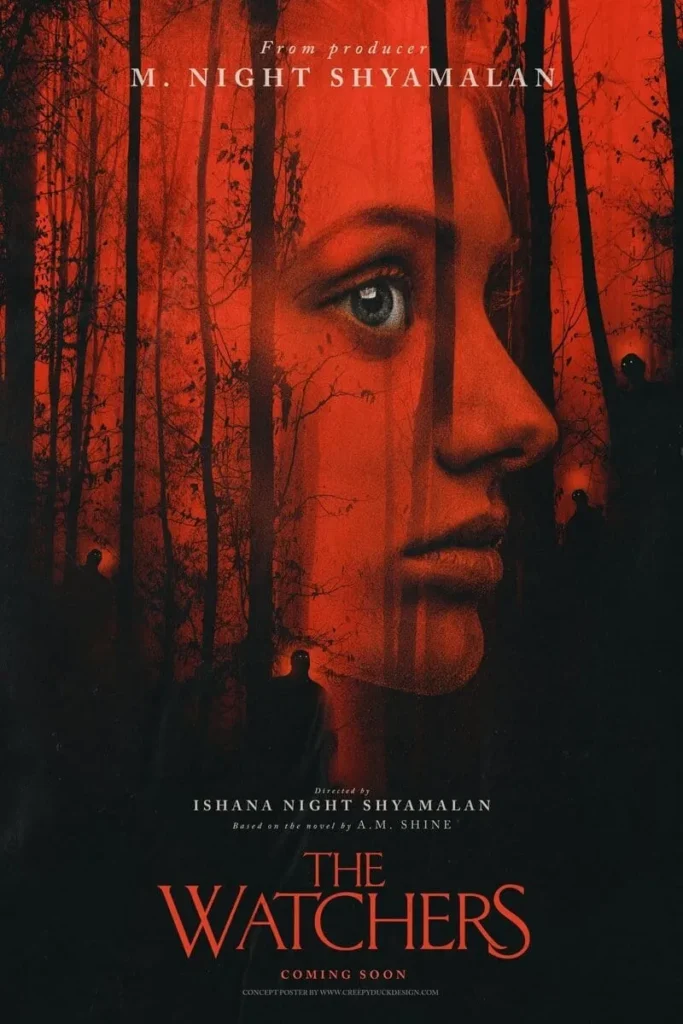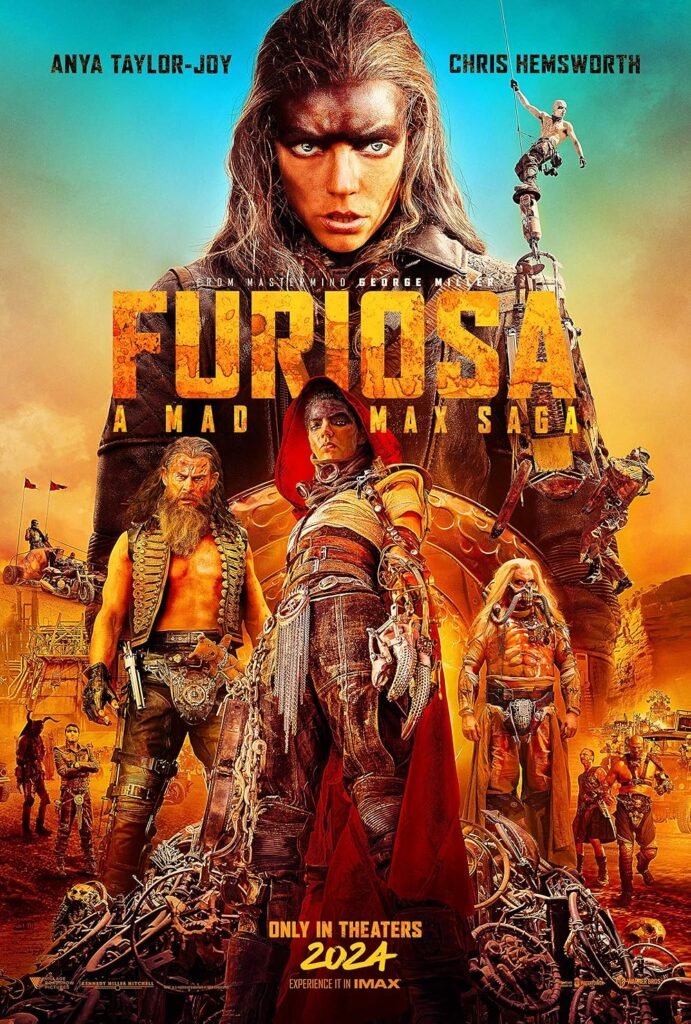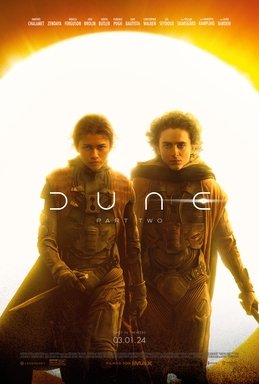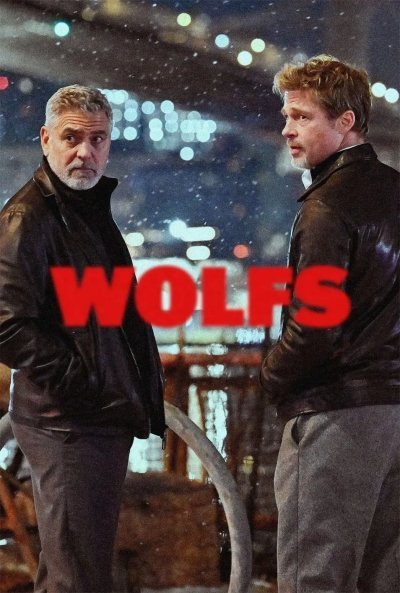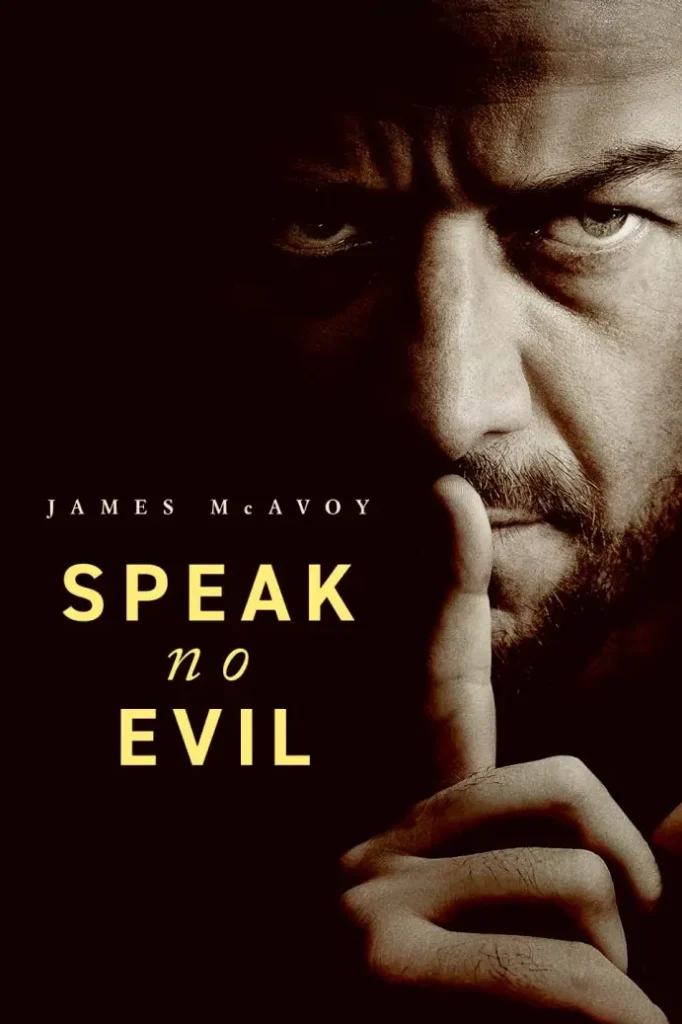Martin Scorsese’s “Raging Bull’ is a film that depicts an overwhelming amount of raw rage, brutal power, and immense sadness. Along with certain other movies of Scorsese, this one is about a man’s incomprehension of a woman except by the only two stereotypes he has for women: a virgin or a prostitute. In the mind of the fighter in this film, there is no space for what a woman could be there is no friend, lover or even a companion. Firstly she is simply a sexual object which he fantasizes about. Later she is the female by whom he feels he’s been consumed, and in the anxious state of his masculinity he thinks, she gets sullied through the act of intercourse. The feeling of chronic jealousy then takes him over, and the only way he knows how to cope with it is through violence.
The so-called humanity is ridiculous. Freud referred to it as the “Madonna whore complex.” Groucho Marx reframed it a bit: “I wouldn’t want to join any club that would accept me as a member.” It is a condition in which a man at one hand has very low self-esteem to the level that he (a) does not hold any respect for a woman with which he has intimate relations, and (b) makes sure that this woman is only with him because she has no choice and there is no one else to sleep with. For the purpose of this discussion, I am going out of my way to explain why “Raging Bull” associates sex with physical attack and fury and one of the negatives feedback that this movie received is that we do not really understand what the movie’s protagonist is like. That is not a position I subscribe to. Scorsese and Robert De Niro plenarily have an intricate understanding of how to portray the sentiments of the central character, former boxer Jake La Motta, and they do so very well.
It’s correct that the character never shares with us what he is feeling, that he isn’t looking inward, and that his conversations are hardly anything more than merging evocative impulses like wanting, fearing, hating, and being jealous. And yet, just these character features these granite fortifications that quite literally cut off the character from the access to non exceptional feelings are so descriptively quintessential, particularly for the character himself, for all the other people that surround him. His brother and his wife, Vickie, Order grated the centos.
The premise of “Raging Bull” came from the life of LaMotta who in the 1940s emerged out of Bronx slums and became a middleweight champion boxer, a multi million dollar bust, a pathetic stand up comedian, and an underage moral corruptor who eventually went to prison. However, Was he the real LaMotta? There is no decisive proof beyond LaMotta’s deep involvement in the movie’s production. Still, it is pivotal to notice that Scorsese along with his primary business partners actor Robert De Niro and screenwriter Paul Schader were drawn to this material. Seeing this trio in unison is captivating as they seem to be immersed in the lives of tortured, violent, and guilt-ridden characters. In the past, they had collaborated for the movie “Taxi Driver” as well.
Scorsese’s first film was “Who is that knocking at my door?” (1968) where Harvey Keitel starred as a kid from Little Italy who was fallen in love but couldn’t handle the truths of her past, later on, the same issue was presented in the sequel “Mean Streets” (1973) In “Taxi Driver,” the De Niro character’s insane Madonna-whore complex broke him into unshakeable relationships with an unapproachable, icy blonde alongside a young prostitute.
Now filmmakers are back at square one with a film that is intended to strip off everything except the pangs of guilt combined with jealousy and rage within LaMotta’s imagination.
LaMotta appears a punk kid, obstinate, powerful, strong-willed and narrow, who’s getting into boxing and doing quite well in it. He gets married but his wife is merely an afterthought. One day, he spots a girl at the municipal swimming pool and stares at her in awe. The girl’s name is Vickie and she is played by Cathy Moriarty who is an enchanting blend of self-sufficient teenage girl and an under-studied, psychologically calculated sl*t.
LaMotta emerges victorious and subsequently weds her. This leads to LaMotta gradually developing a feeling that Vickie is infidel. Scorsese discovers a way to evocatively portray that jealousy. Here, for instance, there is a particular scene when Vickie is seen from LaMotta’s perspective, she is captured in slow motion while moving towards another man. The technique fixes the moment in our minds; we witness LaMotta’s distortion of reality during a moment of truth and innocence. That is not the only thing we see. We also bear witness to, and in this case, are witnesses to the tragic deficiencies of the LaMonica character. This person we are observing is not, I think, this character is supposed to be any more subtle than he appears. It seems he does not have additional ‘qualities’ to share with us. He is an engine fueled by his own rage. The correlation between his prizefighting and his sexuality is one that cannot be avoided. And we see the trap he’s in: LaMotta is an individual who lives beneath basic needs and instincts, which in this scenario are devoid of the insight and level of maturity which is essential for him to contend with them. The raging bull. The poor sap.
To watch more movies like (Raging Bull (1980)) visit 123Movies.
Also Watch for more movies like:


